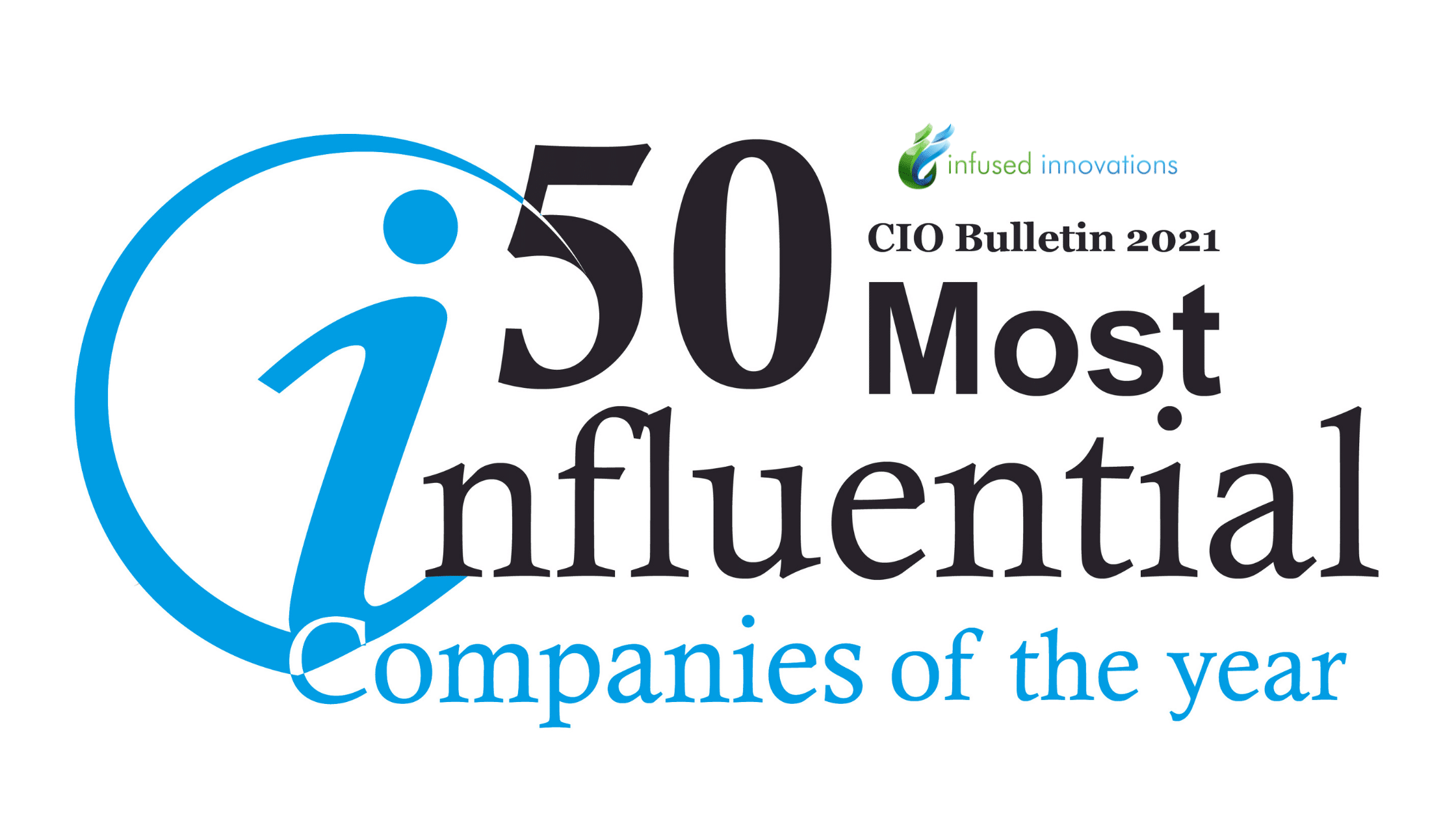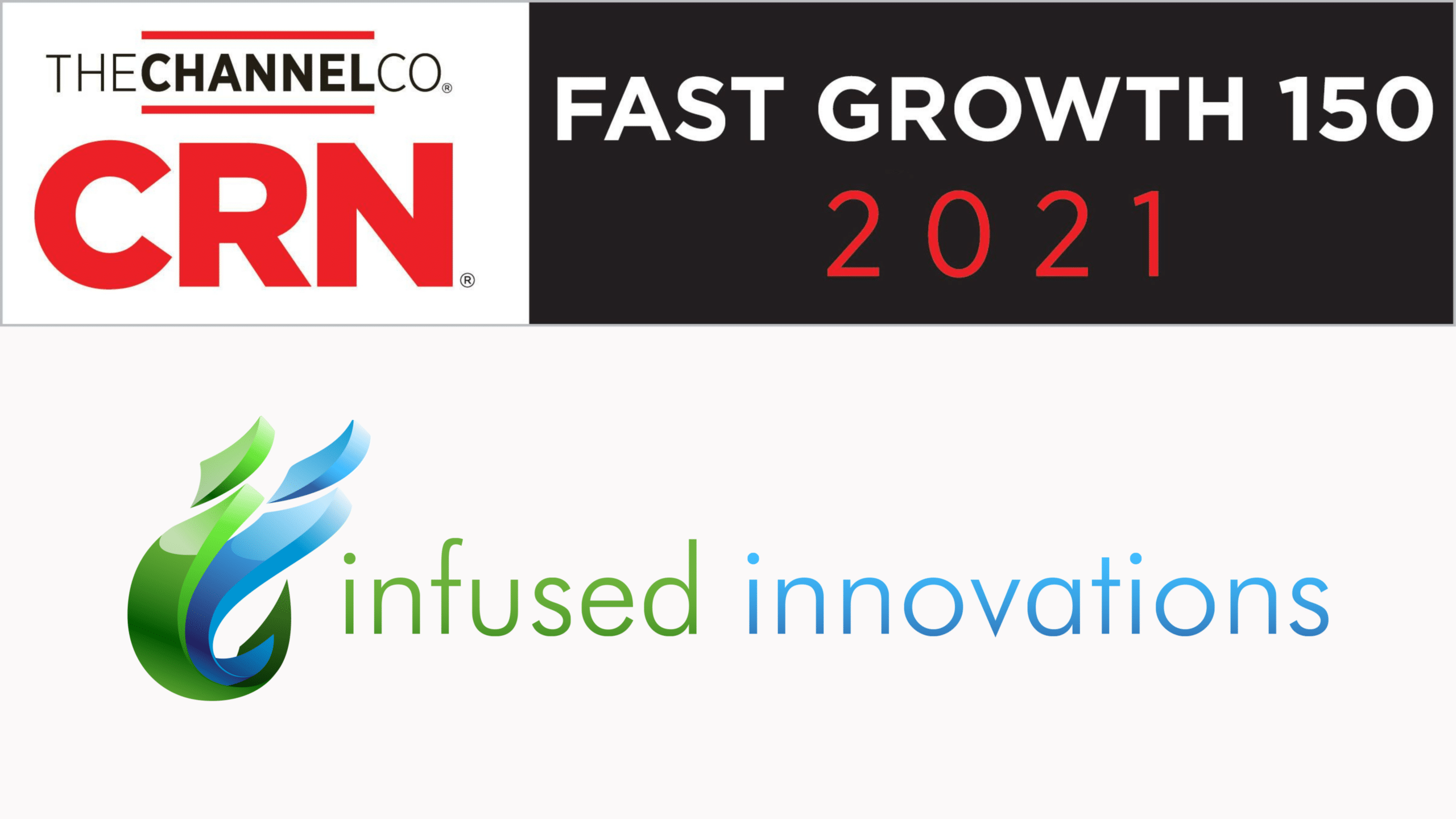Embracing and Growing An Innovation Mindset
If you think of buzzwords that different people like to apply to their businesses, “innovative” is often at the top of the list. However, there’s a good reason for this. For an organization to be innovative, it implies that they:
- Are paying attention to trends and other changes to their field.
- Implement those changes as needed.
- Constantly look for ways to improve.
All of these are traits that your average customer base can appreciate. However, if anything, things have evolved to the point where innovation has evolved from a “nice to have” concept into an outright necessity to compete. Here is how to incubate and implement this concept in your business.

What Is An Innovation Mindset?
In general, an innovation mindset is all about creating an environment where implementing new change is not only allowed, but encouraged. Part of the reason this is so important is that we have more opportunities than ever to innovate, with an unprecedented amount of new technology. This includes areas like:
- Artificial Intelligence
- 5G
- Internet of Things (IoT)
- 3-D Printing
On top of the volume of innovation out there, it bears mentioning that a lot of the above options are less expensive/have a lower barrier to entry than in the past. As a result, there’s no time like the present to try and implement some innovation, no matter the size of your business.
Making An Innovation Mindset Work For Your Business
One major struggle that a lot of organizations cite, especially smaller ones, is the fact that they don’t have the funding to try and compete when it comes to implementing an innovation mindset. This is a self-defeating concept, not to mention, an inaccurate one. All organizations have their individual advantages for putting innovation into practice.
For example, yes, a larger organization will likely have more funding to potentially buy into the latest tech or to market their innovation. However, for a chance to stick, they have to invest not only more money but more time into making a serious cultural change throughout their organization. If something goes wrong or they want to make adjustments, this requires even more time and money.
"...focus early on about building proofs of concept and creating pilot programs."
By comparison, smaller organizations, by nature, are more agile when it comes to why and how they want to implement new tech or disrupt their existing operations. This gives them the opportunity to have that “cutting-edge” reputation that many larger organizations would dream of possessing.
However, this freedom should be implemented in a measured manner. If you try to disrupt all your operations at once, you may end up confusing your team, or clients, rather than helping them. Instead, what you want to do is focus early-on about building proofs of concept and creating pilots programs. This allows you to actually test if this is working towards your desired benefit before fully committing to a change. A key step along with this is being able to generate a user feedback loop to the changes you make. Sometimes, something may look good to your team but may alienate your audience. It’s important to detect this early on.

What Is Design Thinking?
Going hand-in-hand with this is the concept of design thinking. Design thinking, in this context, means working hard to try and fully understand the goals and needs of your end users, and implementing that mindset at all steps of designing/leveraging new technology. Why is this so important to the innovation pipeline? Sometimes, well-meaning professionals end up getting tunnel vision. They are so caught up in making a new concept work that they fail to recognize whether or not that concept is actually needed, or a good fit for their audience. Design thinking gives them something to always reference back to, to inform their decision-making.
An innovation mindset can take a number of different forms at an organizational level. In some cases, it’s about finding ways to integrate new technology into your organization. In others, it’s about appraising your current workflows and strategies to try and find areas of weakness. However, you don’t want to fall into the trap of buying the latest tech or software, and assuming that it will automatically solve your problem.
Why is this the case? The major reason for this is that different businesses and organizations have different needs for their technology. The top priority should be finding the solutions that fit them, rather than the most popular one. Our goal at Infused Innovations is to help with this and refine your organization’s innovation mindset in order to find the best possible options. If you are ready to start disrupting your existing strategy for the better, we are ready to help you. Reach out to us for a consultation today.
-
Also see: What is Moonshot Thinking and How Can it Transform Your Business?
Stay connected. Join the Infused Innovations email list!
Share this
You May Also Like
These Related Posts

CIO Bulletin Recognizes Infused Innovations in Top 50 Most Influential Companies of the Year 2021

CIO Coverage Names Infused Innovations One of Top 10 Leading Microsoft Partners to Watch in 2023

No Comments Yet
Let us know what you think